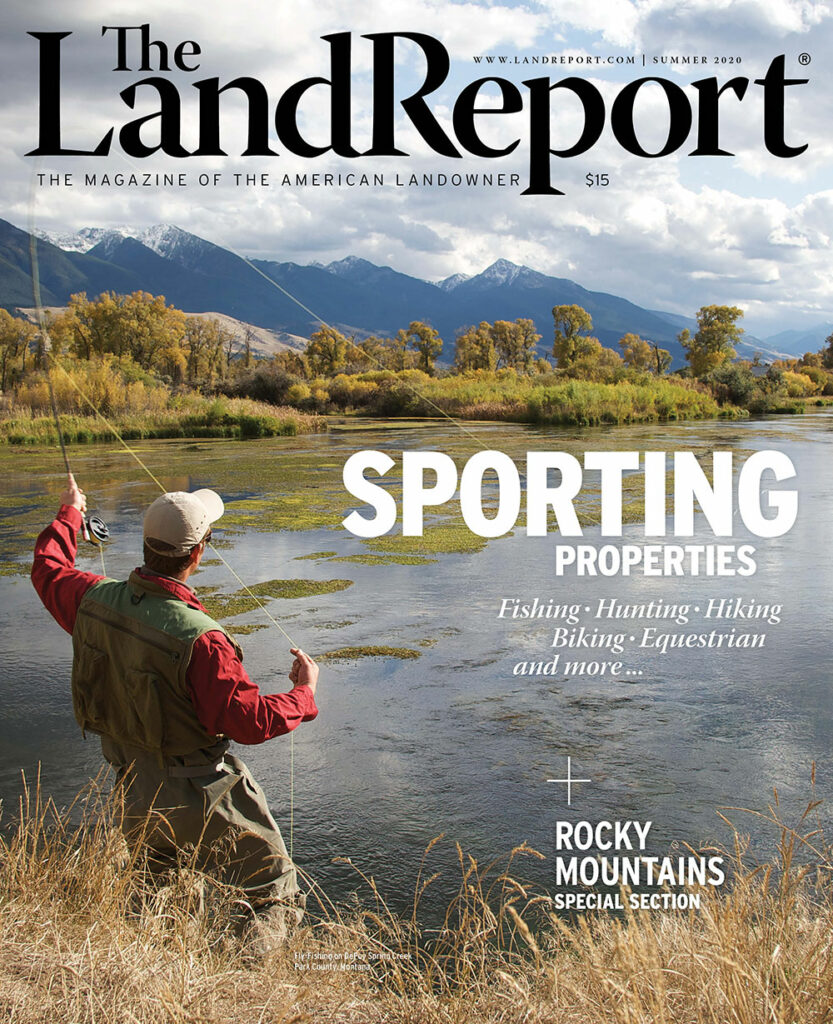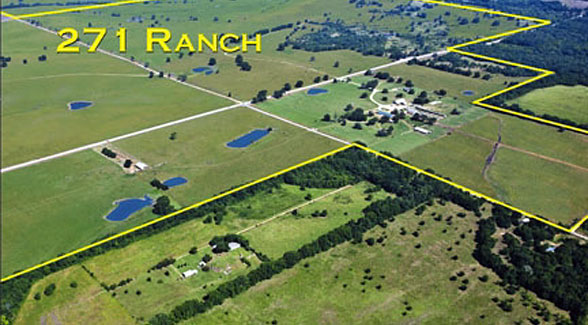
Warning: Undefined array key "separator_height" in /home/domains/dev.landreport.com/public/wp-content/plugins/jet-tricks/includes/addons/jet-unfold-widget.php on line 942
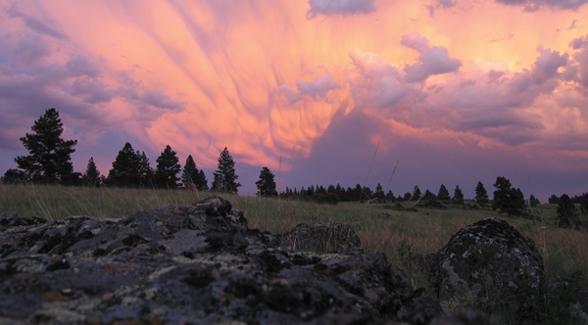
Text & Photography by Ross Seyfried
My journey to Elk Song began with a dream: a dream cut short by an old war injury. The dream belonged to my grandfather, who owned a fine sub-irrigated sandhill cattle ranch in Eastern Colorado that I cheated for more than 25 years, cheated against beef in favor of a waterfowl and upland bird paradise. Population growth and pressure to turn it into an irrigated farm dictated that I walk away from the only home I had ever known and seek a new world.
Several years of searching led me to the Blue Mountains in Eastern Oregon and another dream; one tarnished by abuse but not without hope. I found a magnificent raw canvas, canvas smeared with overgrazing and unreasonable logging, but it was a canvas that begged for a gentle hand that might return it to its pre-European glory. My dream began the day after Thanksgiving some 15 years ago with a pre-dawn ride over a goat-trail road that topped a ridge and offered a vista of several miles. Before me I saw four broad open ridges. Each was cut by dark timber, and all were covered with elk. I had just found 7,000 acres crisscrossed by 12 miles of flowing streams and cloaked with 4,000 acres of timber. That was the good news.
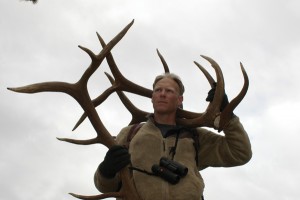 The bad news was that down low a substantial portion of the riparian areas resembled dirt ditches. Overgrazing had taken a terrible toll. Higher up, half of the timber had been plundered in the most irresponsible way. And the native elk herd? It had been savagely overhunted. No matter how hard I looked, I could find no branch-antlered bulls. The small forest folk were also missing. What to do? The first thing I did was buy the property. Then I brought my son on board to help. I had hunted much of the western United States and a good bit of the rest of the world, and I had never seen any- thing that approached the majesty of this ranch, even in its abused state. To the east, it was four miles to a hospital, a four-year university, grocery stores, and an interstate. To the west, one could ride a horse 100 miles and not cross a highway. My next step was the logging contract: stop the greedy plunder that cut all of the good and left only a little bad timber. I forced the logging company to implement the sort of sustainable practices it preached in its advertisements but failed to follow on my land. It would log in a sustainable and responsible manner. Doing this would leave significant stands of high-quality timber and millions of young, healthy trees for the future. Now it was time to face my cattle dilemma.
The bad news was that down low a substantial portion of the riparian areas resembled dirt ditches. Overgrazing had taken a terrible toll. Higher up, half of the timber had been plundered in the most irresponsible way. And the native elk herd? It had been savagely overhunted. No matter how hard I looked, I could find no branch-antlered bulls. The small forest folk were also missing. What to do? The first thing I did was buy the property. Then I brought my son on board to help. I had hunted much of the western United States and a good bit of the rest of the world, and I had never seen any- thing that approached the majesty of this ranch, even in its abused state. To the east, it was four miles to a hospital, a four-year university, grocery stores, and an interstate. To the west, one could ride a horse 100 miles and not cross a highway. My next step was the logging contract: stop the greedy plunder that cut all of the good and left only a little bad timber. I forced the logging company to implement the sort of sustainable practices it preached in its advertisements but failed to follow on my land. It would log in a sustainable and responsible manner. Doing this would leave significant stands of high-quality timber and millions of young, healthy trees for the future. Now it was time to face my cattle dilemma.
A good number of locals and even some game department personnel believe that “if you take the cows off, the elk will leave.” According to this old saw, livestock eat bad grasses and leave the good for the elk. After nearly 50 years as a cattle rancher, I have yet to encounter the Hereford that chooses to abide by this theory. Thus, no cattle grazed on our mountain that first spring. Elk numbers soared. Many hundreds of cow elk had wee spotted calves that scampered in the tall grass and wildflowers that reached their mamas’ bellies. To say that the elk were delighted with the absence of the bovines is an understatement. These happy elk were the most vocal I had ever heard; their sounds resembled humpback whales and created the soul, and name, of Elk Song. That fall dozens of rifles were silenced. I am not anti-hunting. I am a licensed guide and professional hunter. But the boys of Elk Song needed a break. When autumn returned we saw a few four-point bulls. A year later we thrilled when we saw a six-point. At the end of the third year, the September rut was a sight to behold. Instead of the occasional squeal of a yearling spike, dozens of deep bugles echoed across the ranch. The nearly perfect grazing habits of the elk allowed native grasses and forbs to repopulate and the general condition of the range to greatly improve. The entire ecosystem began to thrive. Black bears fattened on the berries in hawthorn thickets in the creek bottoms. Coyote returned. Snowshoe hares and red digger squirrels enticed eagles. The occasional cougar track suggested all was well. Grass and sedges returned and gave the wild rainbows shelter and more insects. On the fourth summer we brought in 175 cow-calf pairs to graze. They came in May and left in mid-June while all of the grass was green. This kept the cattle from destroying the riparian areas in late summer. Domestic cattle have a place in paradise, but they don’t rule Elk Song.
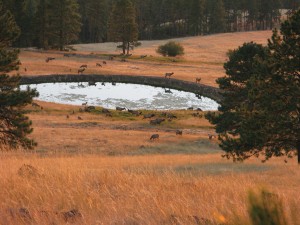 After 15 years we are almost there, almost at a state of pure wildness. Now we almost do not notice a big six-point bull. Most days we see dozens of them along with bear, deer, turkey, grouse, rabbit, squirrel, coyote, cougar, and trout. One evening last September, we counted 200 cow elk on a ridge. There were 43 six- and seven-point bulls with them, and the bugles and screams of a hundred more bulls echoed out of the canyons and thickets. Yes, the timber is still young, but it is thick and wonderful. Elk Song is indeed wild, and ever evolving toward 200 years ago. And now it is time for change once again. To the many who question our sanity for leaving the paradise that is Elk Song I say it is not by choice, but to bring an end to hostilities caused by a family member. It is time to pass the torch, to allow another to hold the reins and experience the wonder of Elk Song. We will begin again, returning to our roots on the Great Plains where waterfowl and upland birds thrive, and find another canvas on which to create wildness once more.
After 15 years we are almost there, almost at a state of pure wildness. Now we almost do not notice a big six-point bull. Most days we see dozens of them along with bear, deer, turkey, grouse, rabbit, squirrel, coyote, cougar, and trout. One evening last September, we counted 200 cow elk on a ridge. There were 43 six- and seven-point bulls with them, and the bugles and screams of a hundred more bulls echoed out of the canyons and thickets. Yes, the timber is still young, but it is thick and wonderful. Elk Song is indeed wild, and ever evolving toward 200 years ago. And now it is time for change once again. To the many who question our sanity for leaving the paradise that is Elk Song I say it is not by choice, but to bring an end to hostilities caused by a family member. It is time to pass the torch, to allow another to hold the reins and experience the wonder of Elk Song. We will begin again, returning to our roots on the Great Plains where waterfowl and upland birds thrive, and find another canvas on which to create wildness once more.
Elk Song’s 7,198 acres are listed with Oregon Land and Wildlife for $8.585 million.
For more information, contact:
Tim O’Neil
www.landandwildlife.com
(541) 480-3682
Warning: Undefined array key 0 in /home/domains/dev.landreport.com/public/wp-content/plugins/elementor-pro/modules/dynamic-tags/acf/tags/acf-url.php on line 34
Warning: Undefined array key 1 in /home/domains/dev.landreport.com/public/wp-content/plugins/elementor-pro/modules/dynamic-tags/acf/tags/acf-url.php on line 34
RELATED ARTICLES
Land Report September 2021 Newsletter
Breaking stories dominate our September newsletter: USDA reports a 7 percent increase in farmland values …
The Land Report Summer 2020
A trio of sensational Sporting Properties headlines our Summer 2020 Issue, and the Rocky Mountains …
Private Land Seizures Underway in Rio Grande Valley
McAllen Mayor Jim Darling reports that 167 landowners in Hidalgo County have received condemnation notices …
Elk Creek Ranch Acquires Seven Lakes
For those who are passionate about outdoor pursuits, the next great adventure can’t come soon enough.


